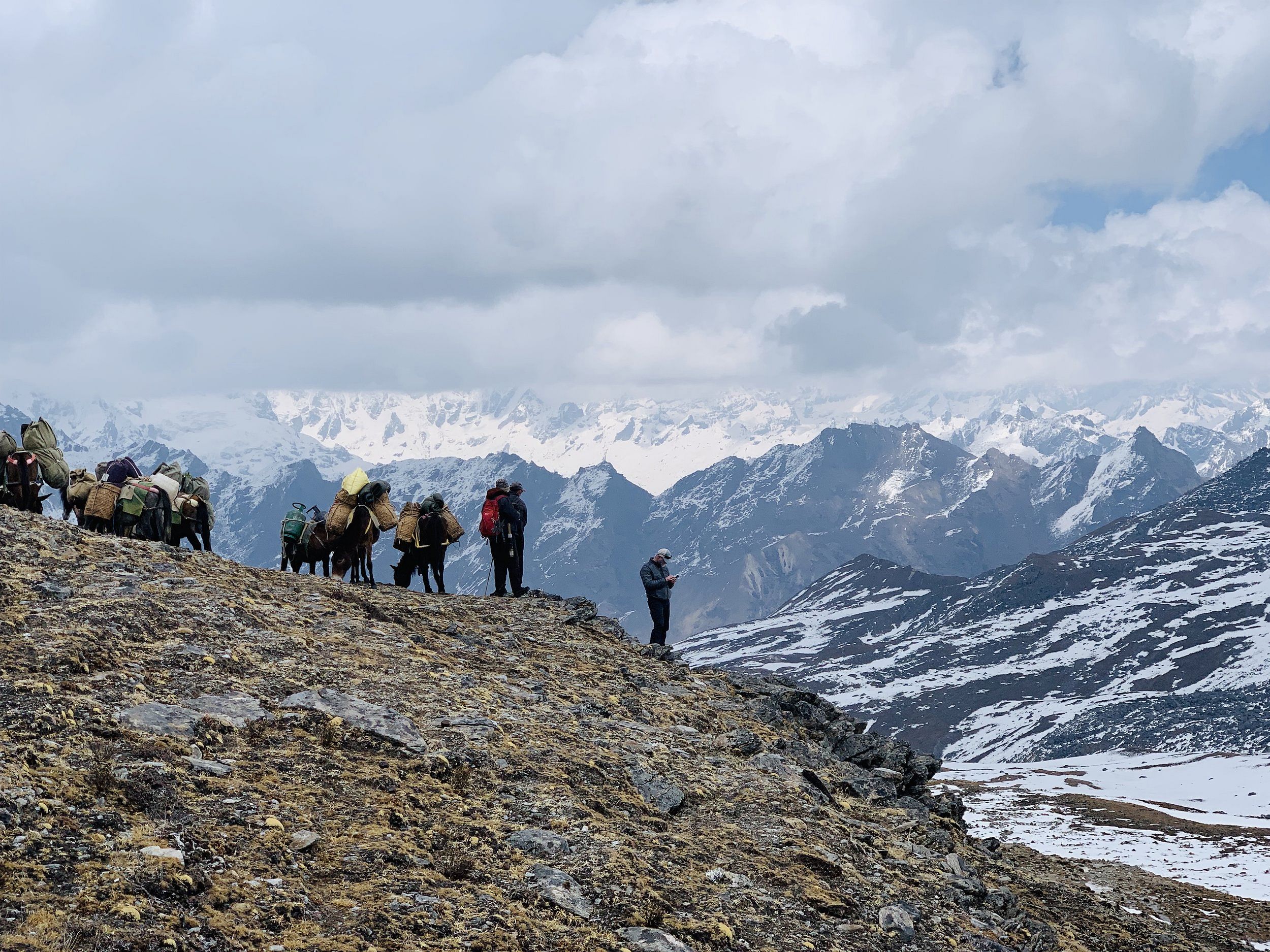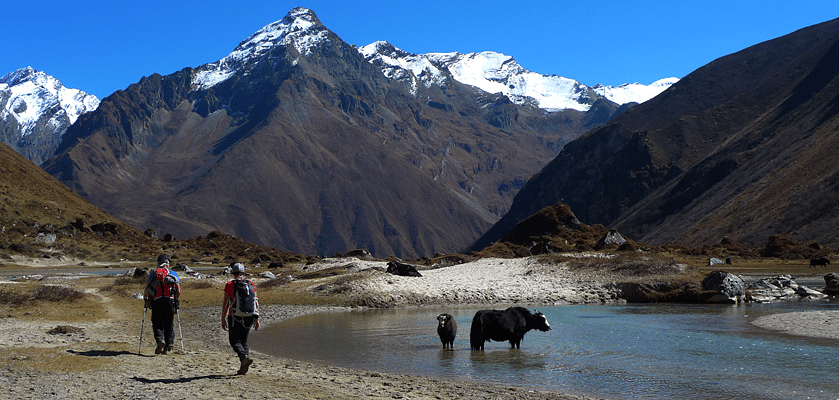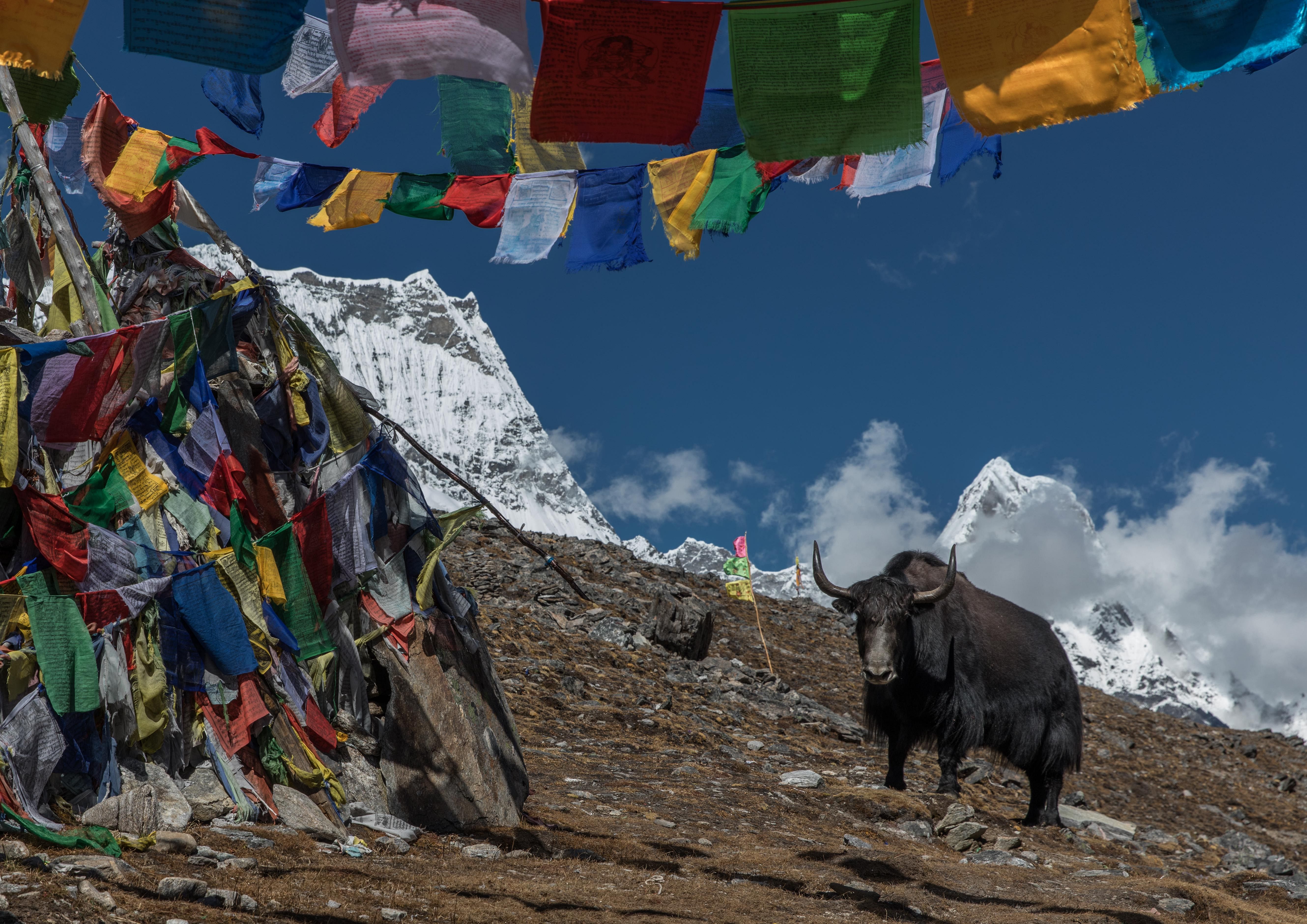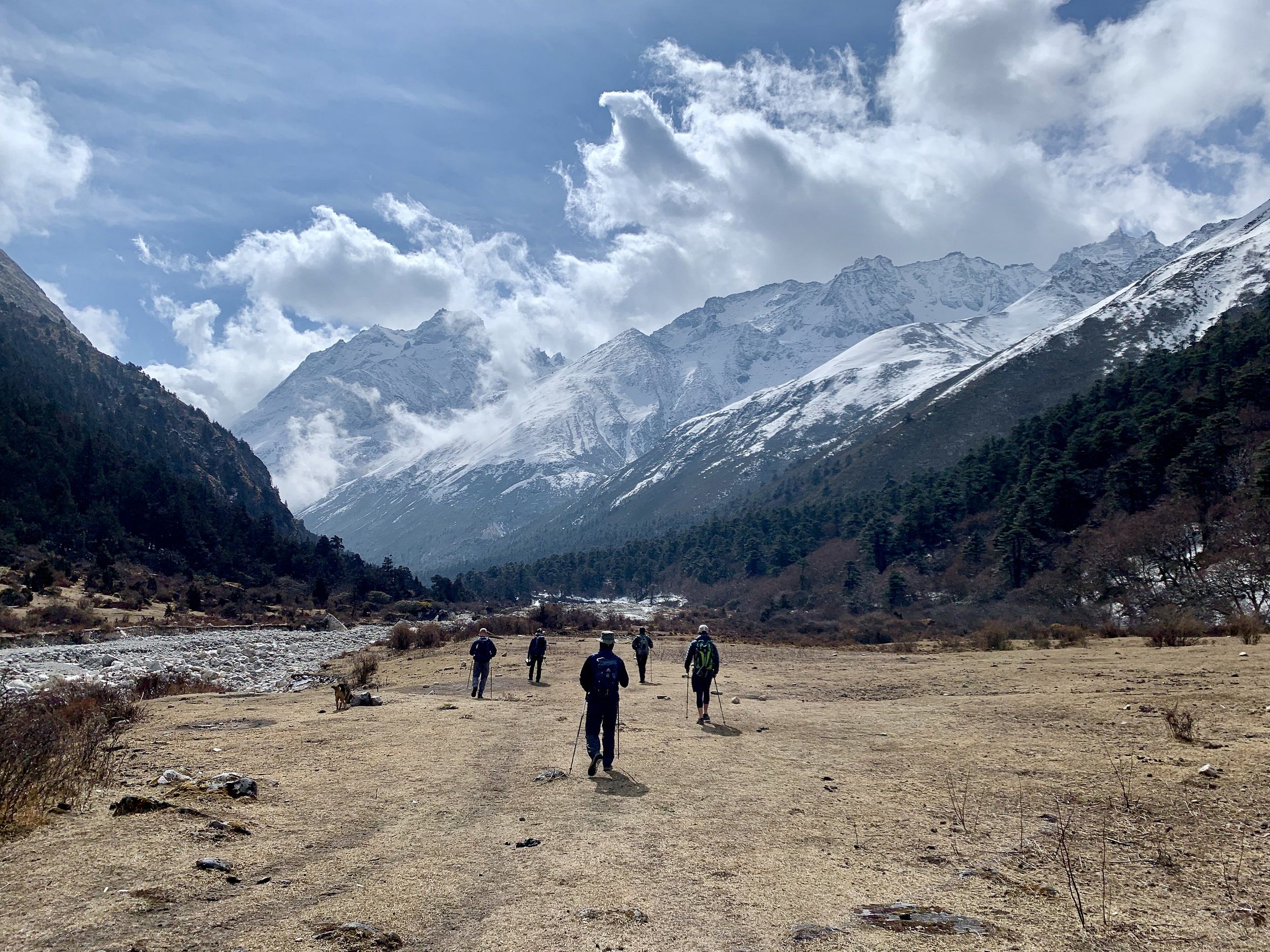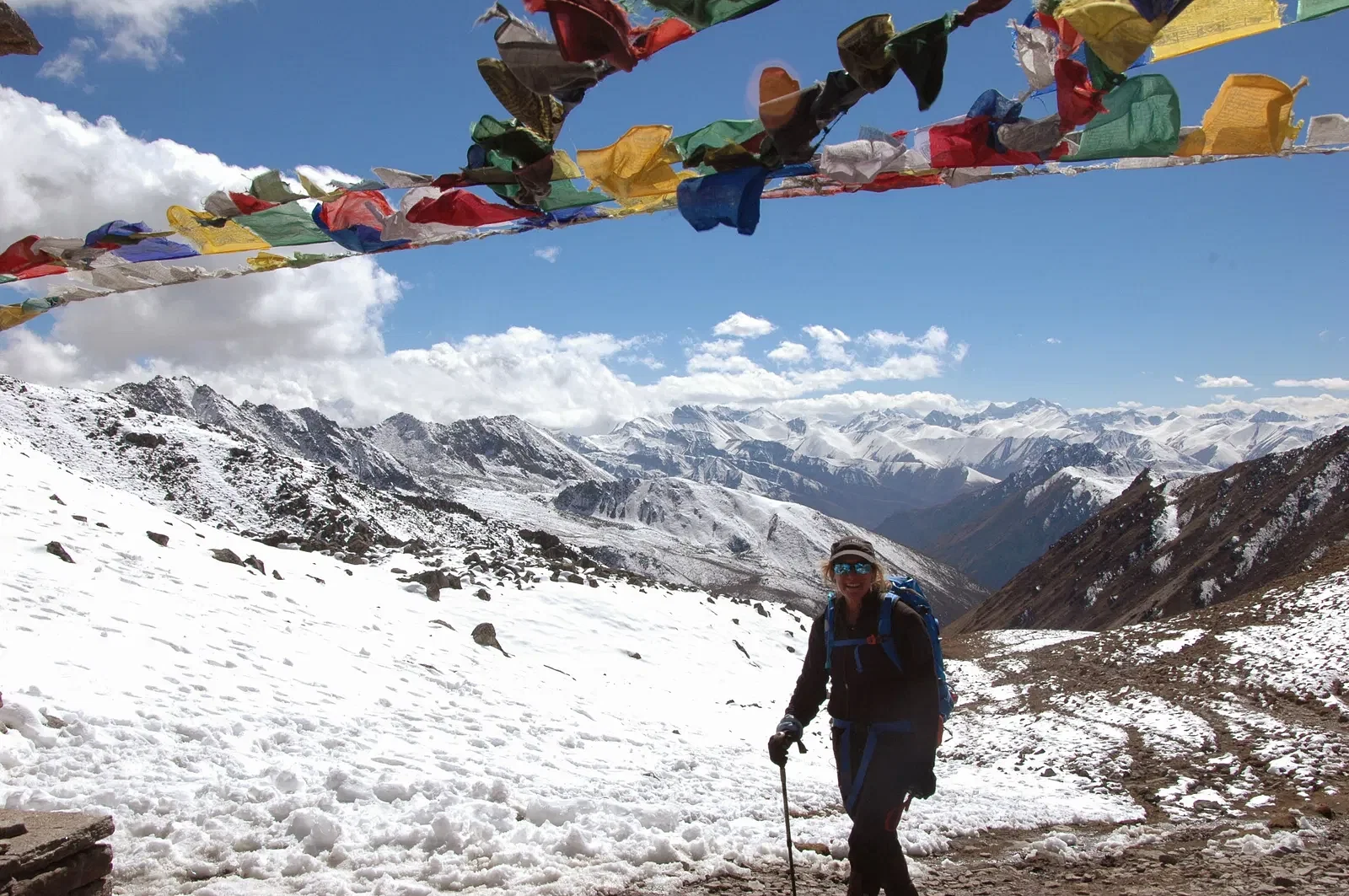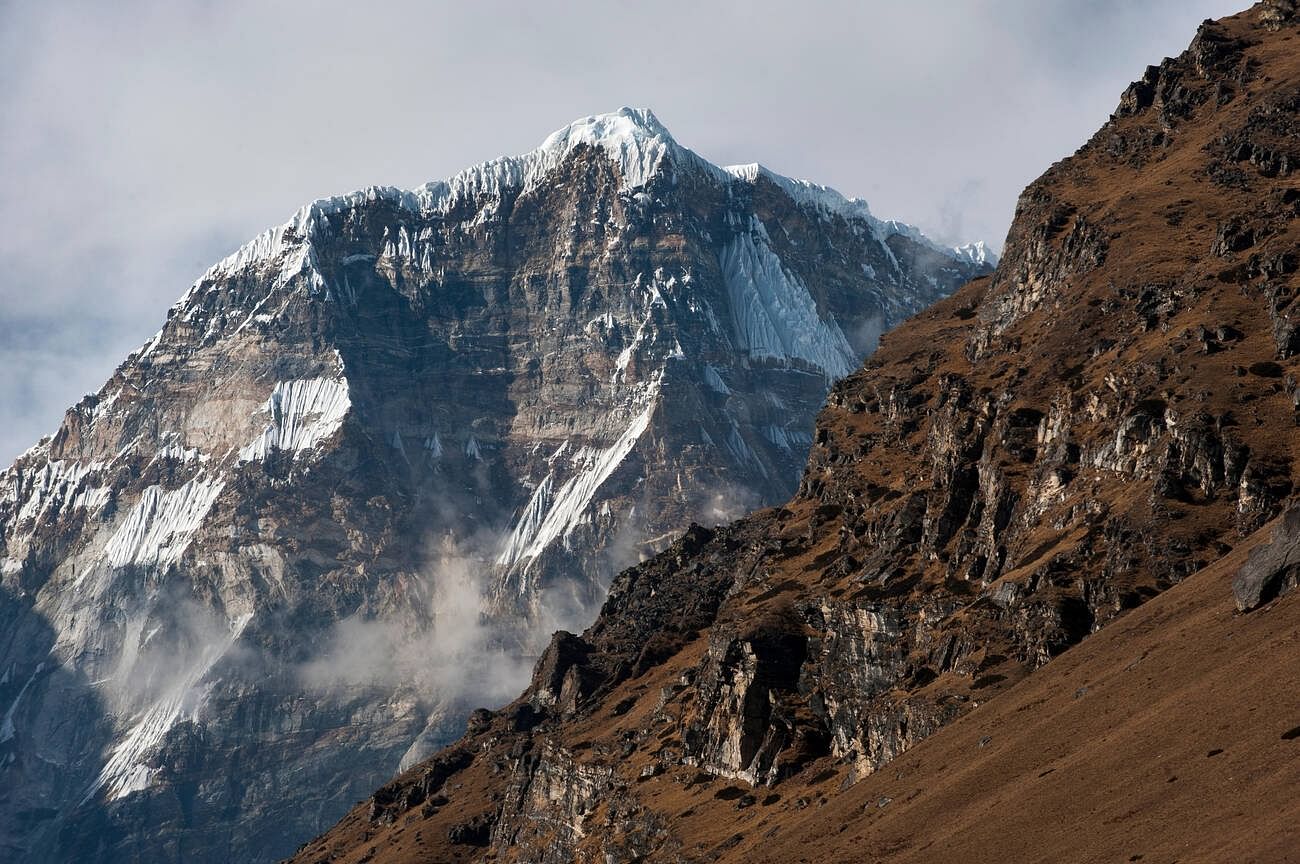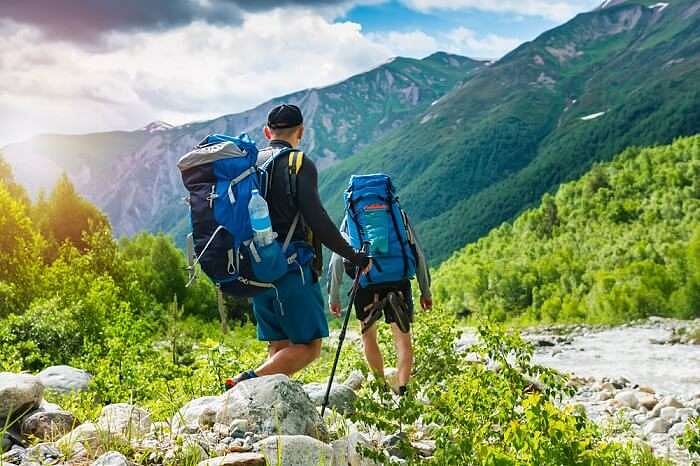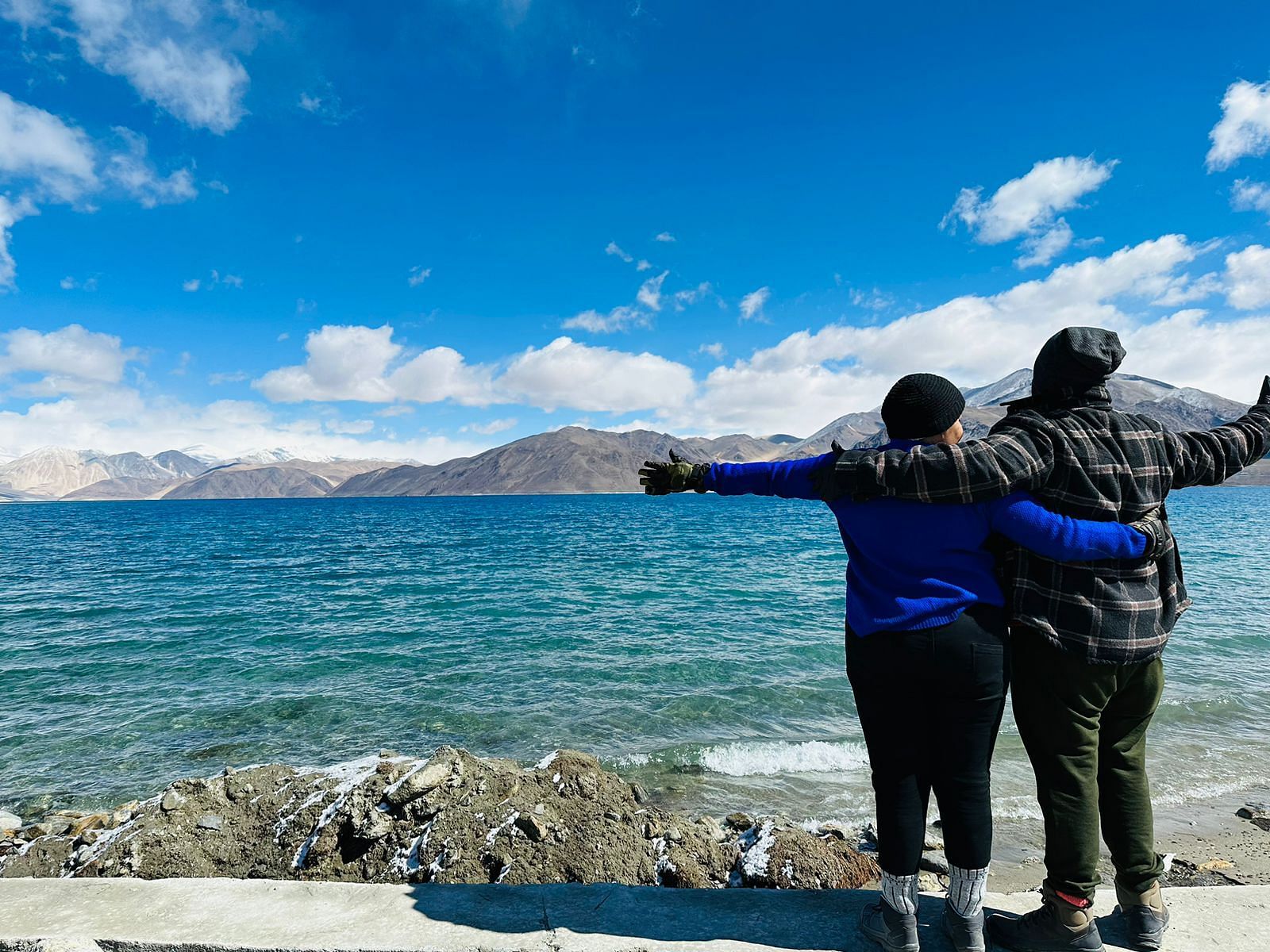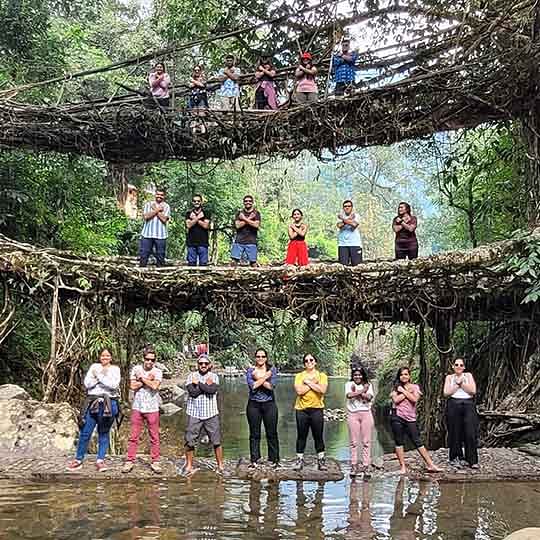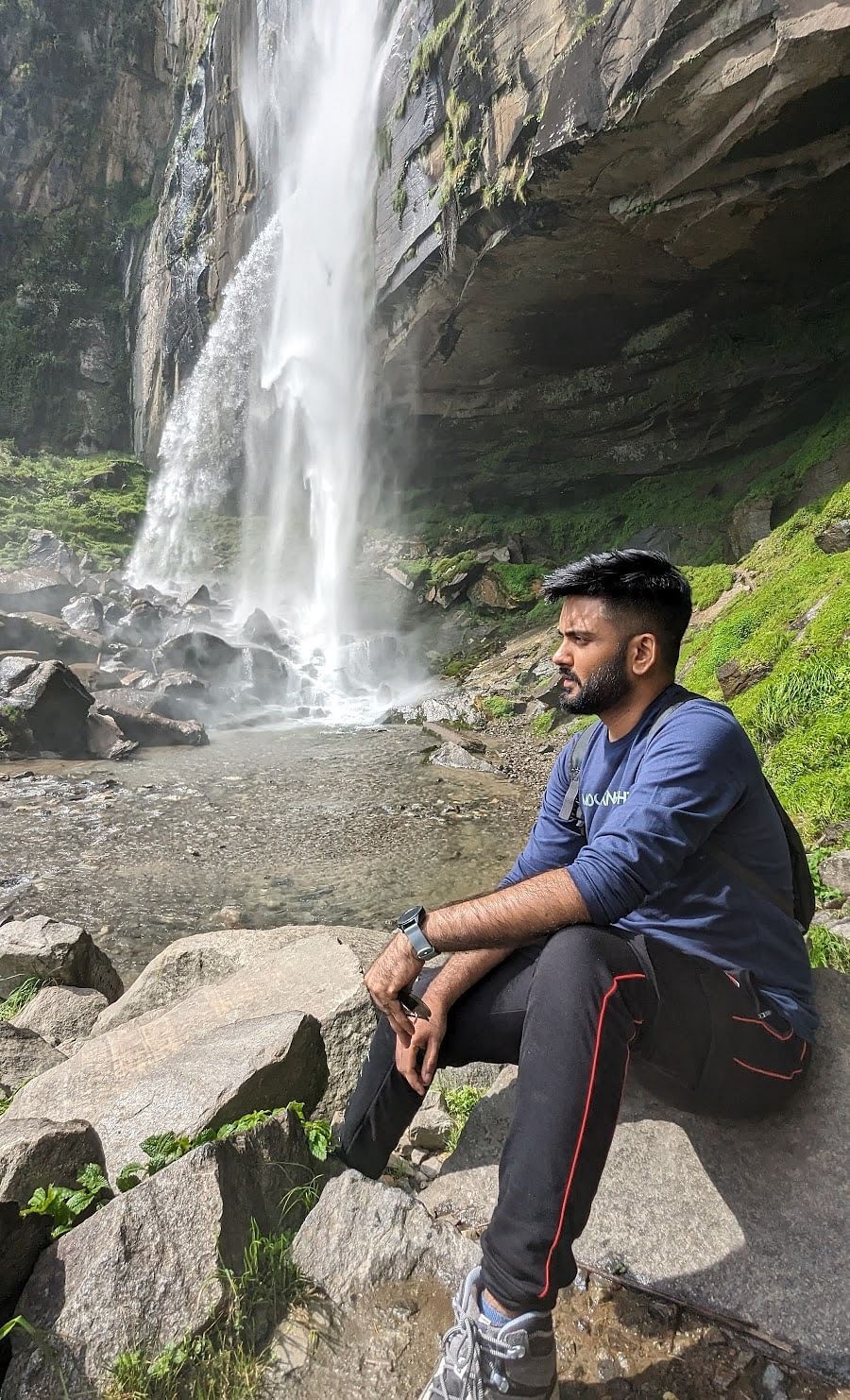Let us tell you about the Laya Gasa Trek—Bhutan’s best-kept secret! This amazing mountain trek takes you through some of the most stunning scenery in northern Bhutan, which few visitors ever get to see.
The trek is not easy (our legs will be burning!), but boy, is the scenery worth it all. We'll walk through small villages where people live as they have for centuries and camp under some of the most stunning mountains you can imagine.
If you want places to visit in Bhutan, this must be at the very top of your list. This trek links Laya (home to people with unusual customs) and Gasa (celebrated for hot springs, which feel divine after trekking).
Our Bhutan Tour Packages feature this trek among other should-not-miss sites such as Tiger's Nest, ancient fortresses, and peaceful valleys. Rest assured - the small Himalayan kingdom will charm you!
Why Choose the Laya Gasa Trek?
The Laya Gasa trek is one of the most fascinating treks in Bhutan, wherein you get to behold majestic mountain views, high-altitude passes, and the most unique culture. You will trek through remote villages like Laya, where people practice centuries-old traditions. You’ll pass yaks grazing, prayer flags fluttering in the wind, and clear rivers snaking through steep valleys along the way.
What makes this trek special is that it provides an unusual window into the lives of people who inhabit the mountains of Bhutan. The residents of Laya, called Layaps, are warm and take pride in their identity. One of the highlights of the trek is meeting them.
How to Reach Laya Gasa Trail Starting Point
Get to know about the trail to reach the starting point of the Laya Gasa trail. The trek starts near Paro, a town that houses Bhutan’s international airport. Most visitors arrive by air in Paro via Delhi, Kathmandu, or Bangkok.
From Paro, you’ll drive to either Shana (also known as Gunitsawa Village) depending on the route you take. This leg involves a few hours through forests and valleys. You’ll start walking on the trail toward Thangthangka, the first camp.
The trek is best arranged through a licensed tour operator in Bhutan. They’ll organize all transportation, permits, guides, porters, and food on your trek.
Suggested read: Bhutan in December
Best Time for Laya Gasa Trek
The best time for Laya Gasa Trek is in spring (from April to May) and autumn (from late September to early November). The months are when the skies are mostly clear, and the views are stunning. In spring, notice blooming rhododendrons; in autumn, the golden hues and stable weather.
And steer clear of summer (June to August) when it rains heavily, and winter (December to February) when the trail gets snowed in and freezing.” With good timing, your experience can be much different.
Overview of the Laya Gasa Trek
- Duration: Typically 12 to 17 days, depending on the itinerary
- Difficulty: Challenging
- Maximum Elevation: Approximately 5,005 meters (Sinche La Pass)
- Accommodation: Camping
- Best Seasons: Spring (April to June) and Autumn (September to November)
The Laya Gasa Trek Bhutan journey begins in the Paro Valley and concludes at the Gasa Hot Springs, covering diverse terrains and offering insights into the lives of the indigenous Layap people.
Laya Gasa Trek Itinerary: A Day-by-Day Guide
The full Laya Gasa Trek itinerary usually takes around 14 to 15 days. It starts in the beautiful valley of Paro and ends near the town of Gasa. Here’s a simple breakdown of the journey:
Day 1: Arrival in Paro
Arrive at Paro International Airport and transfer to your hotel. Spend the day acclimatizing and exploring local sites such as the Paro Dzong and National Museum.
Day 2: Paro to Sharna Zampa
- Distance: Approximately 17 km
- Duration: 5-6 hours
- Camp Altitude: 2,870 meters
Begin the trek from the ruins of Drugyel Dzong, following the Paro River through lush forests and traditional Bhutanese villages to reach Sharna Zampa.
Day 3: Sharna Zampa to Soi Thangkha
- Distance: Approximately 20 km
- Duration: 7-8 hours
- Camp Altitude: 3,750 meters
Continue along the Paro River, ascending through rhododendron and pine forests, with occasional glimpses of Mount Jomolhari.
Day 4: Soi Thangkha to Jangothang (Jomolhari Base Camp)
- Distance: Approximately 19 km
- Duration: 5-6 hours
- Camp Altitude: 4,080 meters
Trek through alpine meadows and yak herder settlements, arriving at the base camp with stunning views of Mount Jomolhari.
Day 5: Acclimatization Day at Jangothang
Spend the day acclimatizing and exploring the surrounding areas, with optional hikes to nearby ridges for panoramic mountain views.
Day 6: Jangothang to Lingshi
- Distance: Approximately 18 km
- Duration: 6-7 hours
- Camp Altitude: 4,010 meters
Cross the Nyile La Pass (4,870 meters), descending into the Lingshi Valley, home to the ancient Lingshi Dzong.
Day 7: Lingshi to Chebisa
- Distance: Approximately 10 km
- Duration: 5-6 hours
- Camp Altitude: 3,880 meters
A shorter trek through picturesque villages and pastures, allowing time to explore Chebisa and its surroundings.
Day 8: Chebisa to Shomuthang
- Distance: Approximately 17 km
- Duration: 6-7 hours
- Camp Altitude: 4,220 meters
Ascend the Gombu La Pass (4,450 meters), passing through forests and alpine meadows teeming with wildlife.
Day 9: Shomuthang to Robluthang
- Distance: Approximately 18 km
- Duration: 6-7 hours
- Camp Altitude: 4,160 meters
Travel the Jhari La Pass (4,780 meters), with opportunities to spot blue sheep and other high-altitude wildlife.
Suggested Read: Whitewater Rafting in Bhutan
Day 10: Robluthang to Limithang
- Distance: Approximately 19 km
- Duration: 6-7 hours
- Camp Altitude: 4,140 meters
Cross the Sinche La Pass (5,005 meters), the highest point of the trek, descending into the Limithang Valley with views of Gangchhenta Peak.
Day 11: Limithang to Laya
- Distance: Approximately 10 km
- Duration: 4-5 hours
- Camp Altitude: 3,840 meters
A gentle descent through forests and riverside trails leads to Laya, the highest settlement in Bhutan, inhabited by the unique Layap community.
Day 12: Rest Day in Laya
Explore the village, interact with locals, and learn about the Layap culture, known for its distinctive attire and traditions.
Day 13: Laya to Koina
- Distance: Approximately 19 km
- Duration: 7-8 hours
- Camp Altitude: 3,240 meters
Descend through forests and along rivers, with chances to spot diverse flora and fauna.
Day 14: Koina to Gasa
- Distance: Approximately 14 km
- Duration: 6–7 hours
- Camp Altitude: 2,770 meters
Today, you'll cross the Bale La Pass (3,950 meters), the final significant ascent of the trek. After reaching the pass, the trail descends through lush forests to Gasa village. Here, you can visit the historic Gasa Dzong and relax in the renowned Gasa hot springs, a perfect way to soothe tired muscles after the long journey.
Day 15: Gasa to Punakha
After breakfast, drive to Punakha, Bhutan's former capital. En route, enjoy scenic views of the countryside. In Punakha, explore the majestic Punakha Dzong, situated at the confluence of the Pho Chhu and Mo Chhu rivers.
Day 16: Punakha to Thimphu
Depart Punakha and drive to Thimphu, Bhutan's modern capital. Upon arrival, visit local attractions such as the Memorial Chorten, Tashichho Dzong, and the bustling weekend market.
Day 17: Thimphu to Paro
Conclude your journey with a drive back to Paro. Spend the day at leisure, shopping for souvenirs or revisiting favorite sites.
Day 18: Departure
Transfer to Paro International Airport for your onward journey, carrying with you unforgettable memories of the Laya Gasa Trek Bhutan.
Suggested read: Kayaking in Bhutan
- Physical Fitness: Ensure you're in good health, as the trek involves challenging terrains and high altitudes.
- Gear Up: Invest in quality trekking gear, including sturdy boots, layered clothing, and a reliable backpack.
- Permits: Secure necessary permits through a registered Bhutanese tour operator.
- Guides and Porters: Hiring experienced guides and porters can enhance safety and enrich the trekking experience.
Laya Gasa Trek Route in Bhutan
Laya Gasa Trek Route in Bhutan brings you to the path traversing the northwestern part of the country. Beginning near Paro, it passes by Mount Jomolhari, crests several mountain passes , and travels through the highland villages of Lingshi and Laya. The trail culminates in Gasa, famous for hot springs and stunning scenery.
This is a very rewarding but challenging route. You’ll traverse dense woods, open alpine meadows, and snowy terrain. You’ll also spot rare creatures such as takins (Bhutan’s national animal), blue sheep and, if you’re lucky, the elusive snow leopard.
What Makes the Laya Gasa Trek Unique?
What sets the Laya Gasa Trek Bhutan apart from other treks is its mix of nature, culture, and challenge. Most treks are either scenic or cultural, but this one has both. You’ll see glaciers, tall peaks, and open sky, but you’ll also meet warm, welcoming people who live in high mountain villages.
The Layap people have their dress, language, and traditions. Women wear conical bamboo hats, and you might see local festivals if your timing is right. The trek is also not crowded. Unlike famous treks in Nepal, you’ll often have the trail to yourself.
Suggested Read: Cafes in Bhutan
What to Pack and Prepare
As the Laya Gasa Trek is far and long, you must be well prepared. Here are a couple of tips:
- Warm Clothing: It is cold at night, particularly at higher camps.
- Good Hiking Boots: Comfortable hiking boots are essential.
- Sleeping Bag: It is essential to have a warm sleeping bag for camping.
- Medicine: Bring basic medicines and pills for altitude sickness.
- Snacks and Water Bottle: As meals are served, snacks assist while walking long distances.
- Camera: You'll want to take in the views and village life.
Do train a little before the trek. Walking for hours at high altitude is not easy, so it's a good idea to be fit. If you're not sure, you can do shorter treks in Bhutan, such as the Jomolhari Trek first.
Conclusion: Is the Laya Gasa Trek Worth It?
The answer is a big yes. The Laya Gasa Trek is one of the best ways to explore the wild beauty and deep culture of Bhutan. It’s not an easy trek, but it is incredibly rewarding. You’ll leave with stories, memories, and a deep connection
to a land that few people get to see.
Whether you're seeking adventure, peace, or cultural discovery, the Laya Gasa Trek Bhutan delivers all of it. With careful planning, the right season, and a good guide, you’re sure to have the trip of a lifetime.




